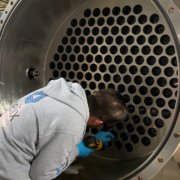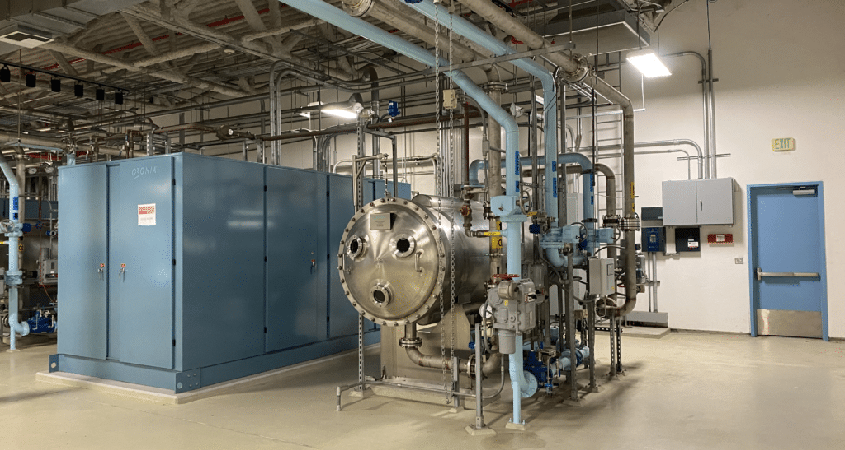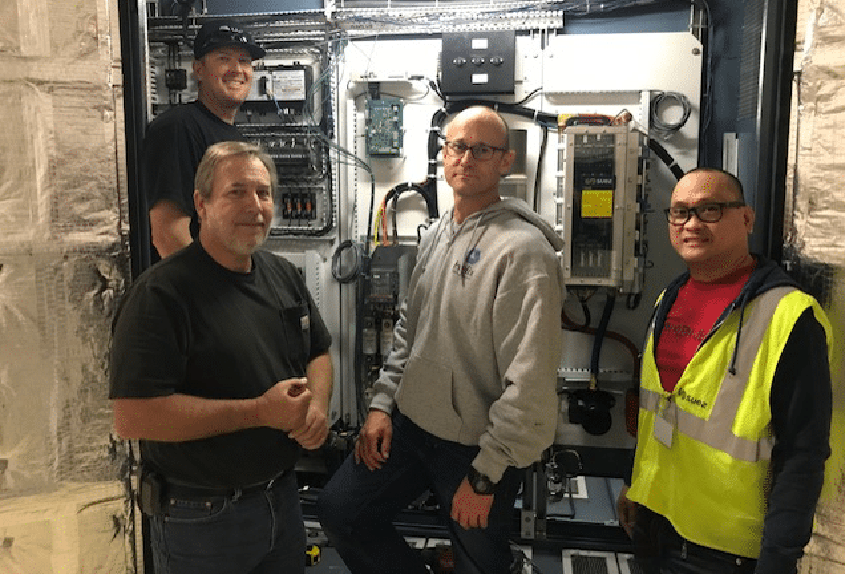Building a Collaborative Vision for San Diego County
We welcome the new year with heavy hearts about the recent events in our nation’s Capitol and a renewed commitment to civility and respect at every level of government.
At the same time, we are maintaining our concentration on our priorities for the year, which are numerous and significant. I’m focused on advancing San Diego County’s interests as we continue to fulfill our mission of making sure that our region has safe and reliable water supplies at an affordable price, which is critical to maintaining our economic competitiveness and sustaining our wonderful quality of life.
Here’s some good news about how the Water Authority is putting San Diego County first in 2021:
- As part of our commitment to meeting some of the strictest environmental regulations in the world, the Water Authority and Poseidon Water have launched a state-of-the-art project evaluating intake screen technologies at the Claude “Bud” Lewis Desalination Plant, which has served more than 65 billion gallons of locally produced water over the past five years. Crews are testing both active screen and passive screen technologies in Agua Hedionda Lagoon to complete the full-scale project by the end of 2023.
- We are updating our Urban Water Management Plan, which is a critical part of meeting the long-range water needs of the San Diego region for both normal years and dry years. This planning document is increasingly important given the increasingly unpredictable impact of climate change. The planning process is, of course, a collaborative effort with our 24 member agencies as we account for their local supplies and demand projections.
- Our low-cost supplies of conserved water from the Imperial Valley are the foundation of our diversified supply portfolio. With Board direction, staff has launched the next phase of a study to explore a new system to deliver those supplies because initial studies show it could be most cost-effective than the current system and mutually beneficial for our partners in the valley. The study will only advance if it benefits the region by providing cost savings for ratepayers.
- As the regional economy recovers, we are working hard to protect ratepayers by maintaining a focused and strategic budget. It’s a tough balance, but we are working hard to find the right combination of near-term and long-term funding priorities in these challenging times.






